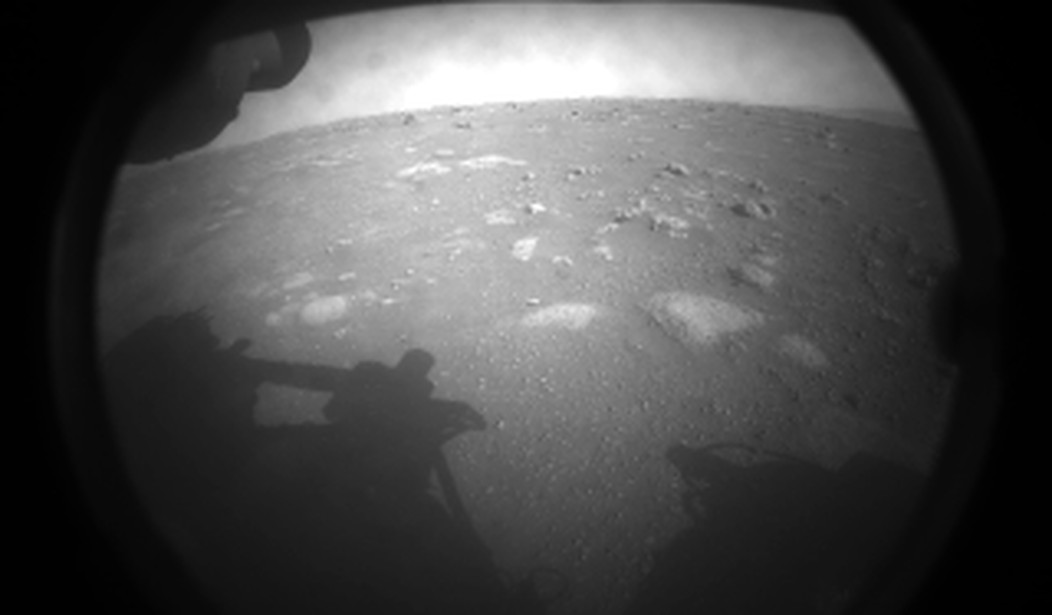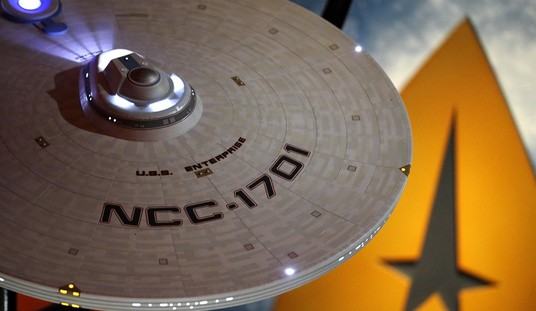"Exciting" and "rock" are two words rarely seen together in the English language. But add "Mars" before "rock" and all of a sudden, you have what might be a discovery that alters our perception of the universe.
Too dramatic? Sorry, but when the road behind you is much longer than the road ahead, you start thinking about things that you're never going to see. Flying cars, for sure. People living on the Moon and Mars. Another World Series for a Chicago baseball team.
I've always held out hope that before I go, science would be able to confirm beyond a doubt that life exists or has existed elsewhere in the universe. We assume that life exists because the universe is large and the building blocks of life are everywhere. But there has yet to be that "Eureka!" moment where one scientist looking through a telescope (or a microscope) sees the unmistakable evidence that there is life somewhere else.
Have we just found it?
Our @NASAPersevere Mars rover has found an interesting rock that could be one of the best signs yet that ancient microbial life may have once existed on the Red Planet. However, we'll need to do more research to know for sure: https://t.co/tWpQD6Rcg6 pic.twitter.com/wOfA62VYQo
— NASA (@NASA) July 25, 2024
This potentially cosmos-quaking evidence may look like merely a humble rock, but it’s unlike any other seen before on Mars. Dubbed “Cheyava Falls” after a feature in Earth’s own Grand Canyon, the rock appears to be a coffee-table-sized, arrowhead-shaped outcropping of mudstone. But its most notable visual features are its reddish and whitish stripes—the former are speckled with dark-rimmed, light-colored splotches resembling a leopard’s spots. The red color likely comes from the iron mineral hematite, the Perseverance team says. The rover’s studies have revealed the whitish striations to be veins of water-deposited calcium sulfate, and they show that the dark rims of the curious “leopard spots” contain molecules of iron phosphate—a potential food for hungry subsurface microbes.
How will we know for sure? We got to go get it and bring it back to earth. And just coincidentally, there's a NASA mission dubbed Mars Sample Return (MSR) that's been on the books for a few years. It's supposed to be a joint mission between NASA and the European Space Agency (ESA). The mission would retrieve the samples collected by the Perseverance rover over the last few years, including a sample from Cheyava Falls.
But going to Mars is hugely expensive and the MSR mission has been plagued by cost overruns and other delays. Right now, the mission is in limbo.
The discovery of the Cheyava Falls rock just might dislodge additional funding for the mission. Right now, the MSR team is looking for a cheaper way to bring the samples back to Earth.
The current mission is incredibly complex. The mission calls for several launches to Mars, a landing craft, a way to retrieve the samples from Perseverance, an ascent from the Mars surface into orbit, and a rendevous with the orbiter to fly home.
"The discovery of life beyond Earth is so profound, so paradigm-shifting, you have to get it right," Amy Williams, an astrobiologist at the University of Florida who's on the Perseverance science team, told Space.com in a recent interview. "Once you cross that line, you can't come back."
The existing Mars Sample Return (MSR) mission plan would require multiple launches to Mars in order to eventually place a Mars Ascent Vehicle (MAV) on the Red Planet's surface. From there, either the Perseverance rover or other small retrieval helicopters — similar to NASA's Ingenuity rotorcraft — would pick up Mars samples that Perseverance has already collected, and load them into the MAV. Then, an ascender would launch the samples up to orbit, where a spacecraft would collect them and haul them back toward Earth.
Sound costly and overly ambitious? NASA thinks so, too. That's why the agency has selected ten studies submitted by industry and academia groups aimed at finding a simpler way of bringing pieces of the Red Planet back to Earth.
Williams says that the discovery is "the most compelling organics signal detection the rover has made so far."
Perseverance's mission was to look for signs of life on Mars. It wasn't cheap. The rover itself cost $2.4 billion. But if the Cheyava Falls find pans out, it will be one NASA project where the U.S. taxpayers got their money's worth and then some.










Join the conversation as a VIP Member